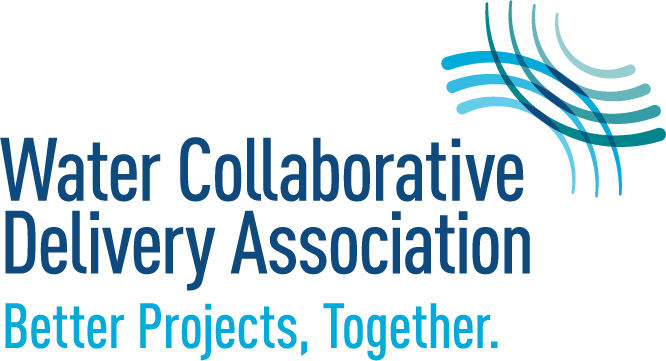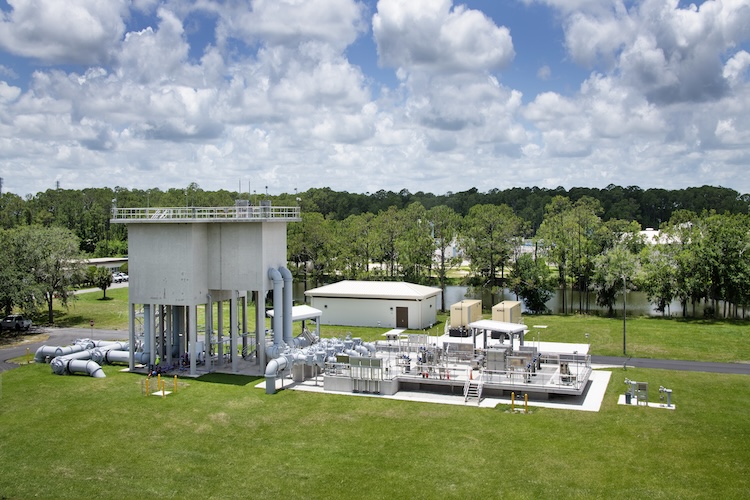In the world of water and wastewater treatment infrastructure, the success of a project hinges not only on technical excellence but also on the people who manage it. Project managers are the linchpins of complex delivery efforts, balancing budgets, timelines, stakeholder expectations, and regulatory compliance. Yet the industry faces a growing challenge: retaining experienced project management staff. One powerful solution lies in the adoption of collaborative delivery methods.
These models are transforming how projects are executed, and they’re proving to be a game changer for workforce stability. But why does this matter to owners? Because when project managers stay, projects succeed.
The Human Side of Project Delivery
Traditional design-bid-build (DBB) methods have a reputation for creating adversarial relationships between stakeholders. Project managers are caught in the crossfire—juggling change orders, resolving disputes, and navigating siloed communications. This high-stress environment leads to burnout and turnover, especially in water and wastewater treatment projects that can span years.
Collaborative delivery flips this script. By fostering early and ongoing collaboration between owners, designers, and builders, these models create a more integrated, transparent, and supportive environment. Project managers are empowered to lead rather than fight fires. They’re part of a team that shares goals, risks, and rewards.
Why Project Managers Stay
1. Shared Problem-Solving Accountability Reduces Burnout
In collaborative delivery, problem-solving is a “best-for-the-project” approach. Project managers are no longer isolated decision-makers, but rather part of a team that works together to solve problems. This shared accountability reduces stress and improves job satisfaction.
2. Early Involvement Builds Ownership
Collaborative models bring the project team into the process early—often during conceptual design. This early involvement fosters a sense of ownership and pride in the project, which increases engagement and retention.
3. Better Communication, Fewer Surprises
With open lines of communication and regular touchpoints, issues are vetted much earlier in the process. By eliminating distractions, the focus for the management team can be on building the project, not fighting fires.
4. Professional Growth Opportunities
Collaborative delivery encourages innovation and continuous learning. Project managers are exposed to new technologies, delivery strategies, and leadership opportunities, making their roles more dynamic and fulfilling.
Why Owners Should Care
Owners might wonder: Why should I care if the contractor retains its project managers? The answer is simple: project continuity and performance.
• Reduced Turnover = Reduced Risk
Every time a project manager leaves, valuable institutional knowledge walks out the door. This can lead to delays, miscommunication, and costly rework. Retaining key personnel ensures smoother execution and fewer disruptions.
• Stronger Relationships = Better Outcomes
Long-term relationships between project managers and owners builds trust. This trust leads to more honest conversations, faster decision-making, and better alignment with the owner’s goals.
• Higher Morale = Higher Quality
A motivated, stable project team is more likely to go the extra mile. They take pride in their work, which translates into higher quality outcomes and better long-term performance of the infrastructure.
• Cost Predictability and Schedule Adherence
Experienced project managers are better equipped to manage budgets and timelines. Their continued presence helps maintain the integrity of the project plan, reducing the likelihood of costly overruns.
In an industry where infrastructure is aging and demand is growing, retaining skilled project managers is not a luxury—it’s a necessity. Collaborative delivery methods offer a compelling solution by creating a healthier, more engaging work environment for these critical team members. These benefits can extend to not only the construction management team, but also the design team and the owner’s management team.
For owners, the benefits are clear: better project outcomes, fewer disruptions, and stronger partnerships. Investing in collaborative delivery isn’t just about how a project is built—it’s about who builds it and how well they’re supported along the way.

